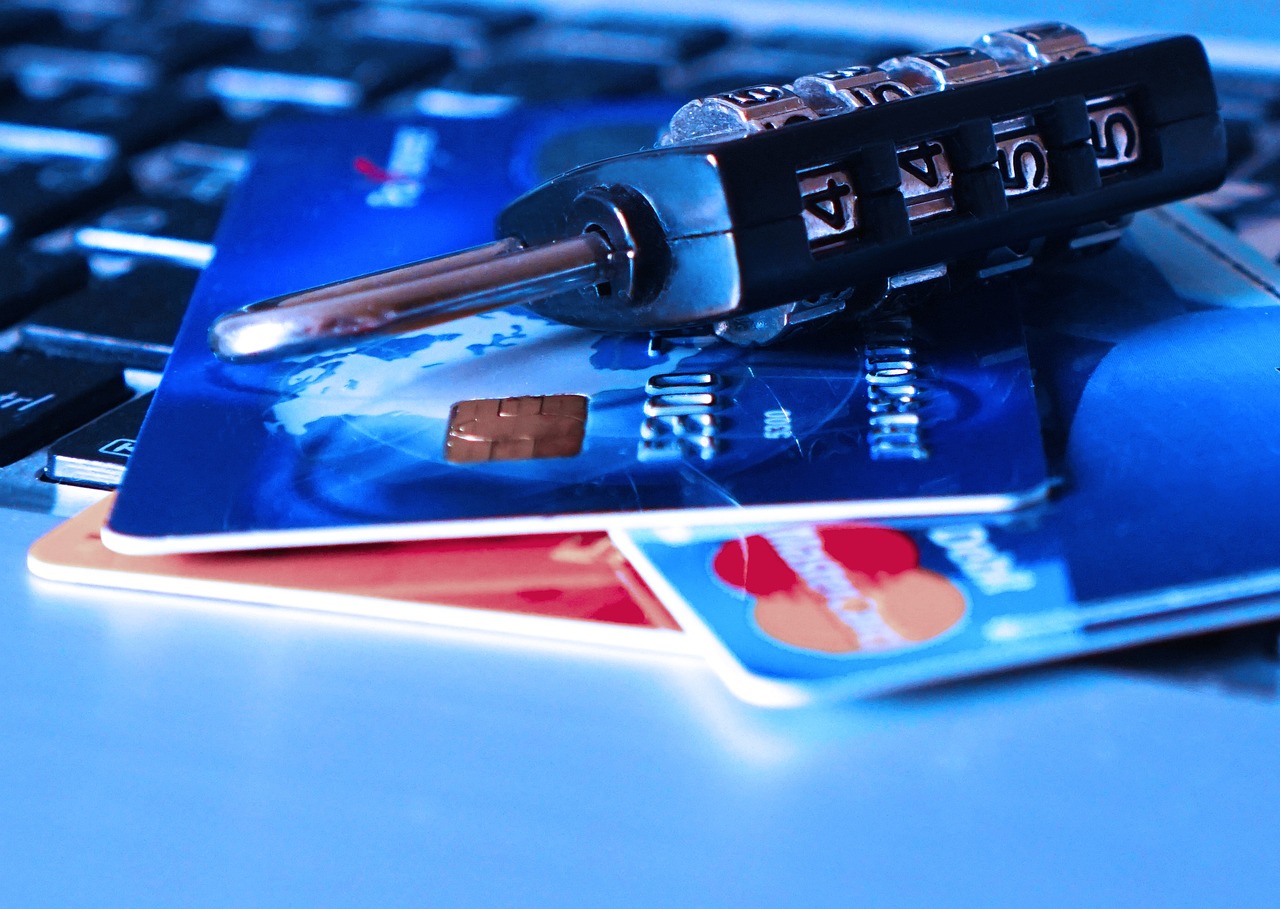Payment Tokens and Their Role in Enhancing Transaction Traceability

In today’s digital economy, the ability to trace transactions is crucial for financial integrity and regulatory compliance. Payment tokens have emerged as a significant innovation in this context, offering a robust mechanism for ensuring transaction traceability. As digital currencies and blockchain technologies become increasingly prevalent, understanding how payment tokens support transaction traceability is essential for businesses and regulators alike.
Payment tokens are digital representations of value that are used to facilitate transactions on blockchain networks. Unlike traditional payment methods, which often involve intermediaries, payment tokens operate on decentralized platforms, providing unique opportunities for transparency and traceability. This article explores the mechanisms by which payment tokens enhance transaction traceability and examines their implications on a global scale.
Understanding Payment Tokens
Payment tokens are a type of cryptocurrency specifically designed to function as a medium of exchange. Unlike security tokens, which represent ownership in an asset, or utility tokens, which provide access to a product or service, payment tokens are primarily used for financial transactions. Examples include Bitcoin, Ethereum, and various stablecoins like Tether (USDT) and USD Coin (USDC).
These tokens are built on blockchain technology, a distributed ledger system that records transactions in a transparent and immutable manner. Each transaction is verified by network participants known as nodes and is permanently logged on the blockchain, providing a detailed and chronological record of all transactions.
How Payment Tokens Enhance Transaction Traceability
Payment tokens enhance transaction traceability through several key features inherent to blockchain technology:
- Transparency: Blockchain’s public ledger allows anyone to view transaction details, including the sender and recipient addresses, transaction amounts, and timestamps. This transparency ensures that transactions can be traced from origin to destination without obfuscation.
- Immutability: Once recorded, blockchain transactions cannot be altered or deleted. This ensures that the transaction history remains intact and verifiable, providing a reliable audit trail for financial activities.
- Decentralization: The decentralized nature of blockchain removes the need for a central authority, reducing the risk of data manipulation or unauthorized access. This decentralization enhances the credibility of the transaction records.
- Smart Contracts: Payment tokens often utilize smart contracts, which are self-executing contracts with predefined terms. These contracts automatically enforce and verify the terms of a transaction, further enhancing traceability by ensuring that all conditions are transparent and adhered to.
Global Implications of Payment Token Traceability
As payment tokens gain traction worldwide, their ability to facilitate traceable transactions has significant implications for various stakeholders, including governments, financial institutions, and businesses.
For regulators, the transparency and traceability offered by payment tokens can aid in combating money laundering, fraud, and other illicit activities. By providing a clear trail of transactions, authorities can more easily identify suspicious activities and enforce compliance with financial regulations.
Financial institutions benefit from enhanced traceability through improved risk management and audit capabilities. The ability to trace transactions in real-time allows banks and other financial entities to better monitor financial flows and ensure adherence to anti-money laundering (AML) and know-your-customer (KYC) regulations.
Businesses that adopt payment tokens can also gain a competitive edge by offering customers a secure and transparent payment method. This can enhance trust and customer satisfaction, particularly in industries where transparency is paramount, such as supply chain management and cross-border trade.
Challenges and Considerations
Despite the advantages, the traceability of payment tokens presents challenges and considerations. The level of traceability may vary depending on the blockchain protocol and privacy features employed, such as those found in privacy coins like Monero or Zcash. These features can potentially hinder traceability, posing challenges for regulatory compliance.
Moreover, the global regulatory landscape for payment tokens is still evolving. Different jurisdictions have varying approaches to regulating cryptocurrencies, which can create uncertainty for businesses operating internationally. Ensuring compliance across different legal frameworks requires careful navigation and a deep understanding of local regulations.
Conclusion
Payment tokens represent a transformative shift in the realm of digital transactions, offering unparalleled traceability through their use of blockchain technology. As the adoption of these tokens continues to grow, they hold the potential to reshape financial systems by enhancing transparency, reducing fraud, and improving regulatory compliance. However, addressing the challenges of privacy and regulatory consistency will be crucial for maximizing the benefits of payment token traceability on a global scale.
For tech-literate professionals and organizations aiming to harness the power of payment tokens, staying informed about the evolving landscape and actively engaging with regulatory developments will be key to leveraging their full potential.













